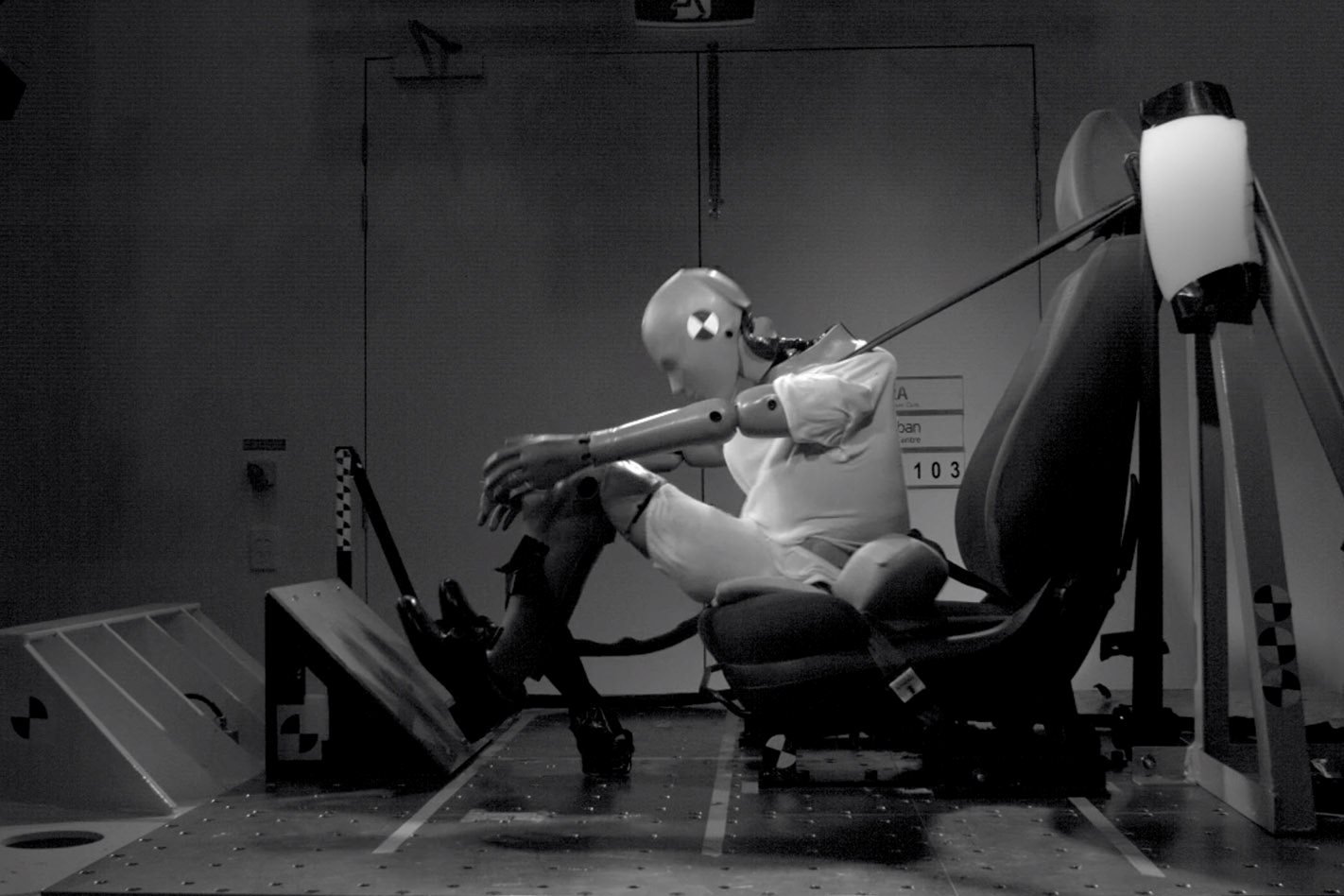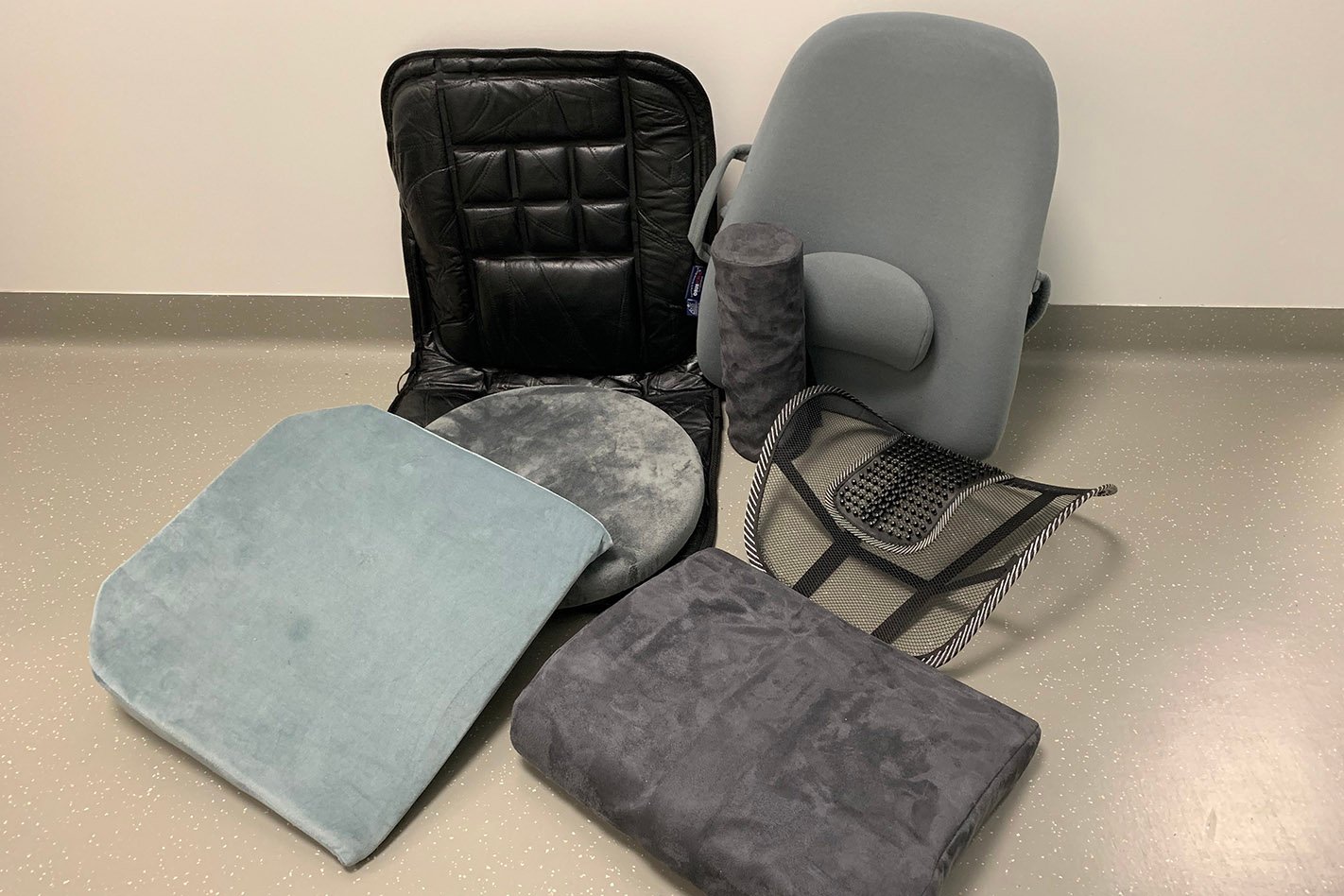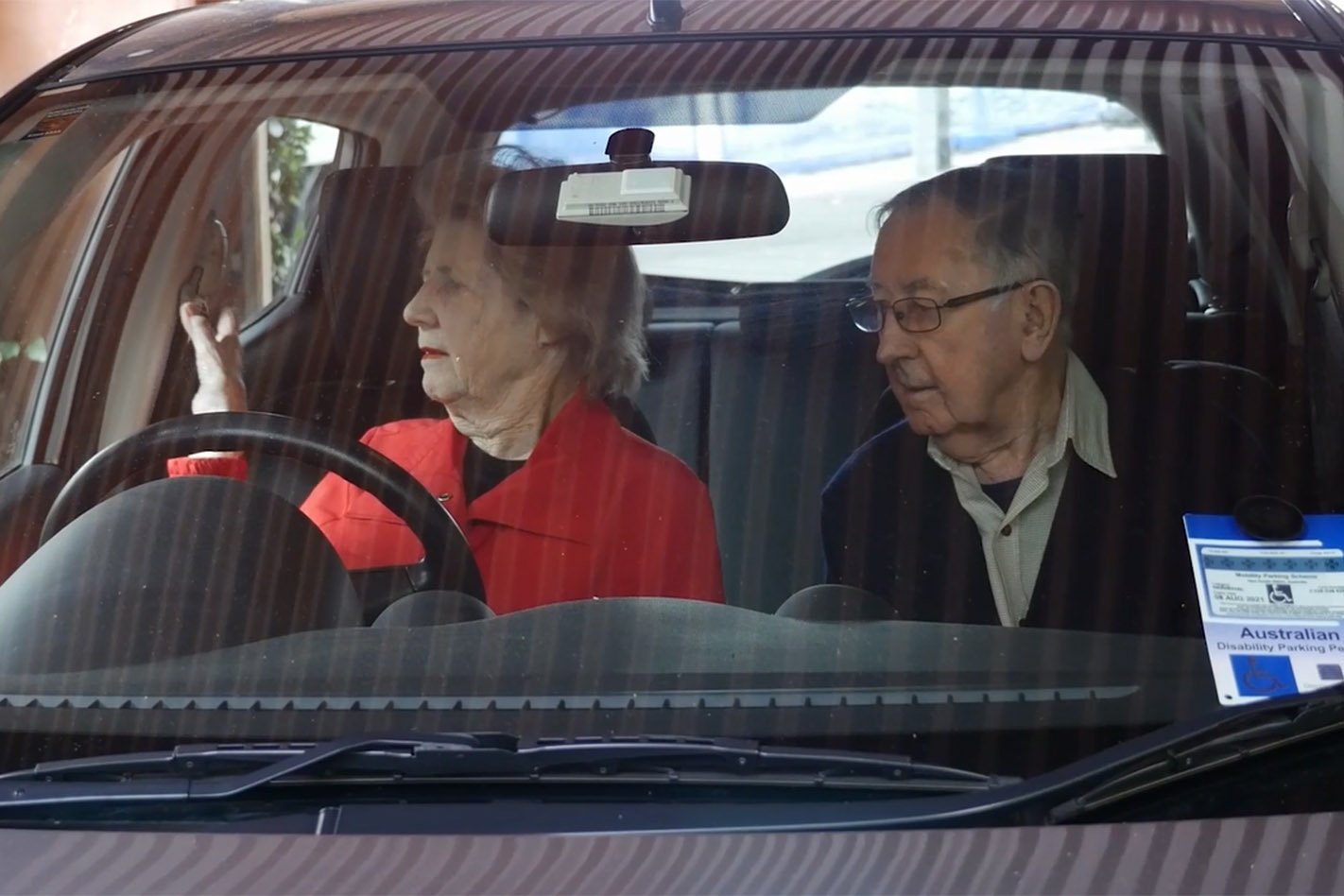
Australian researchers have discovered that comfort-boosting accessories frequently used by senior drivers could be increasing their chances of becoming seriously injured in a car crash.
The study, conducted by the Transurban Road Safety Centre at Neuroscience Research Australia, performed over 130 simulations of what happens to a driver’s body when different car seat accessories are fitted. The type of accessories examined were mostly related to comfort or posture correction and are frequently used by older drivers – but they are not necessarily restricted to that age group.
Cushions placed on the seat base, on the seat backrest, lumbar support cushions and neck/headrest cushions all drew criticism for their ability to alter the driver’s body geometry.

“Around a quarter of older drivers use an aftermarket accessory to improve their comfort. But these products often have not been tested for safety,” said Associate Professor Julie Brown, the joint director of the Transurban Road Safety Centre.
“The results show accessories that change the geometry of a seatbelt or the posture of a driver could increase the chance of these chest injuries in a crash,” she added.
“Our findings demonstrate the need to provide better guidance for older drivers on how to both be comfortable and safe while behind the wheel. Currently there is nowhere for people to go to get information about how to safely use these accessories,” she said.

In many cases, drivers may not be aware that their car’s standard seats can be adjusted to their desired position without requiring an accessory to be used. In many cases, they may simply need to experiment with their seat controls.
“If a driver can adjust their seat instead of sitting on a cushion or placing something behind their back, it will likely be much safer,” she said.
While people over the age of 65 are naturally frailer and thus more susceptible to injury than younger adults, using cushions to change their seating position can put them at even further risk.
Seatbelts are designed to work best when the lower belt sits across the pelvis and the upper belt lays across the sternum, where the two halves of the ribcage meet; positions which help direct the force of a crash into the parts of the skeleton that can sustain it best.
Moving the belts away from these areas to sit across the abdomen or across the upper chest can have life-ending results – and not just for elderly drivers. While the advice applies to anyone seeking to add some extra comfort to their car seat, the Transurban Road Safety Centre says that elderly drivers are the group most likely to be using the kinds of accessory pillows that carry an injury risk.



